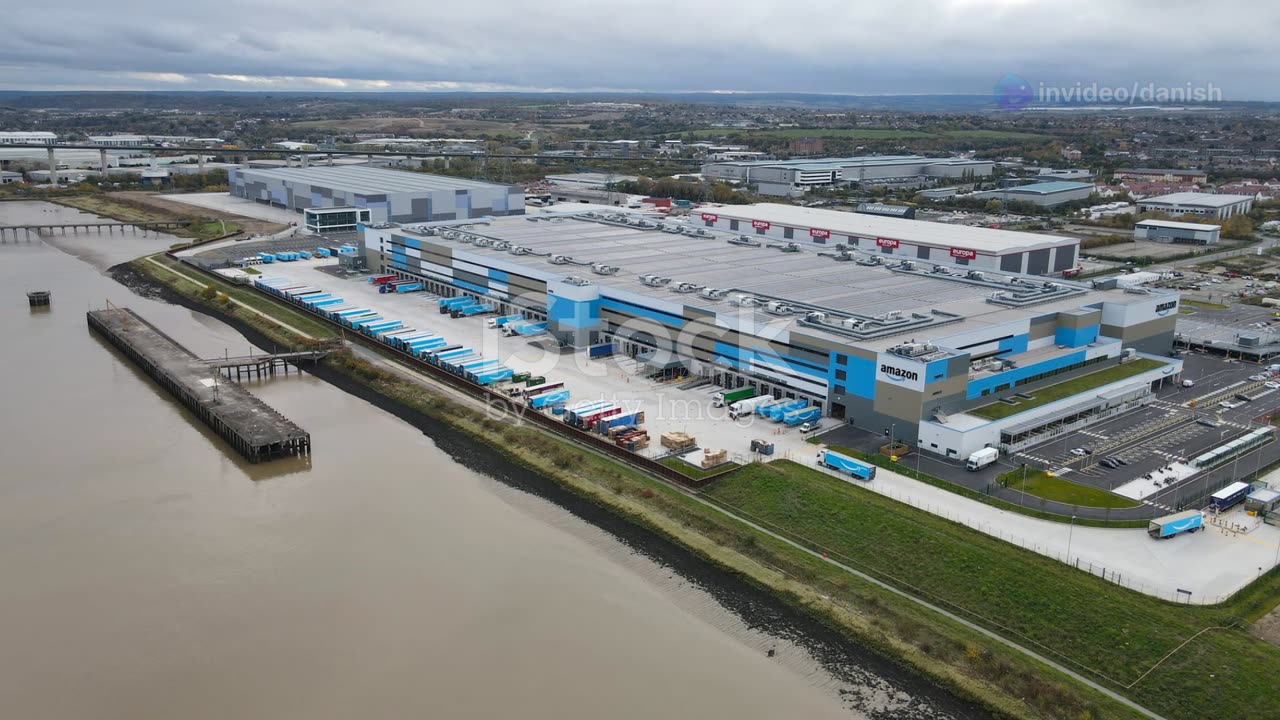Premium Only Content

To achieve a $60 billion export target, the Prime Minister (PM) will need a comprehensive and multi-faceted strategy that addresses key areas such as trade policy, industry competitiveness, market diversification, and infrastructure development. Below is a strategic framework that can be tailored to the specific context of the country:
1. Strengthen Trade Policy and Institutional Support
Streamline Trade Regulations: Simplify export procedures, reduce bureaucratic hurdles, and digitize customs processes to make exporting easier for businesses.
Incentivize Exporters: Provide tax rebates, duty drawbacks, and subsidies to exporters, especially for high-potential sectors.
Establish Export Promotion Agencies: Create or strengthen dedicated agencies to support exporters with market research, trade fairs, and buyer-seller meets.
Free Trade Agreements (FTAs): Negotiate and finalize FTAs with key trading partners to reduce tariffs and non-tariff barriers.
2. Focus on High-Potential Sectors
Identify Key Sectors: Prioritize sectors with high export potential, such as:
Manufacturing (e.g., textiles, electronics, automotive)
Agriculture and processed foods
Pharmaceuticals and healthcare products
IT services and software
Renewable energy technologies
Value Addition: Encourage industries to move up the value chain by exporting finished goods rather than raw materials.
Quality Standards: Ensure products meet international quality and safety standards to access premium markets.
3. Market Diversification
Explore New Markets: Reduce dependency on traditional markets by targeting emerging economies in Africa, Southeast Asia, and Latin America.
Leverage Regional Trade Blocs: Strengthen trade ties within regional blocs (e.g., ASEAN, EU, African Continental Free Trade Area).
Diplomatic Outreach: Use diplomatic channels to promote exports and resolve trade disputes.
4. Enhance Competitiveness
Improve Ease of Doing Business: Reduce red tape, improve infrastructure, and ensure reliable access to utilities (electricity, water, etc.).
Skilled Workforce: Invest in vocational training and education to create a skilled workforce for export-oriented industries.
Technology Adoption: Promote the adoption of advanced technologies (e.g., automation, AI) to improve productivity and reduce costs.
5. Infrastructure Development
Logistics and Connectivity: Invest in ports, roads, railways, and airports to reduce transportation costs and improve delivery times.
Special Economic Zones (SEZs): Develop SEZs with world-class infrastructure to attract foreign investment and boost exports.
Digital Infrastructure: Ensure robust digital infrastructure to support e-commerce and IT-enabled services.
6. Promote Branding and Marketing
Country Branding: Develop a strong national brand to promote "Made in [Country]" products globally.
Trade Fairs and Exhibitions: Participate in international trade fairs to showcase products and services.
E-commerce Platforms: Leverage global e-commerce platforms (e.g., Amazon, Alibaba) to reach international customers.
7. Financial Support for Exporters
Export Financing: Provide low-interest loans and credit guarantees to exporters.
Currency Stability: Ensure a stable exchange rate to reduce risks for exporters.
Insurance: Offer export credit insurance to protect against non-payment risks.
8. Monitor and Evaluate Progress
Set Milestones: Break down the $60 billion target into annual or quarterly milestones.
Data-Driven Approach: Use real-time data to track progress and identify bottlenecks.
Feedback Mechanism: Regularly consult with industry stakeholders to refine strategies.
9. Public-Private Partnerships (PPPs)
Collaborate with Industry: Work closely with industry associations and chambers of commerce to align strategies with private sector needs.
Joint Ventures: Encourage joint ventures between local and foreign companies to boost exports.
10. Sustainability and Green Exports
Promote Green Products: Focus on exporting environmentally friendly products and technologies.
Comply with Global Standards: Ensure compliance with international environmental and labor standards to avoid trade barriers.
Implementation Timeline
Short-Term (0-12 months): Focus on quick wins like simplifying export procedures, launching marketing campaigns, and securing FTAs.
Medium-Term (1-3 years): Invest in infrastructure, skill development, and sector-specific initiatives.
Long-Term (3-5 years): Build a sustainable export ecosystem with a focus on innovation, branding, and global competitiveness.
By adopting this strategy, the PM can create a robust framework to achieve the $60 billion export target, driving economic growth and creating jobs. Regular monitoring and adaptability will be key to ensuring success.
-
 LIVE
LIVE
Total Horse Channel
16 hours agoAMHA World Show 2025 9/21
1,179 watching -
 1:29:02
1:29:02
Game On!
1 day ago $6.26 earnedTHEY'RE BACK! NFL Wise Guys Return For Week 3 BEST BETS!
26.3K3 -
 6:16
6:16
China Uncensored
1 hour agoHow Trump Plans on Stopping Russia and China—Without Firing a Shot!
3.7K7 -
 33:13
33:13
Ohio State Football and Recruiting at Buckeye Huddle
13 hours agoOhio State Football: 10 Things We Learned Watching Washington's Win over Colorado State
2.25K -
 1:14:04
1:14:04
NAG Entertainment
14 hours agoKickback w/ Leon - Rocket League: Road to GC
8.59K -
 30:13
30:13
Degenerate Plays
1 hour agoBritish Insults Are Hilarious - Call of Duty: Modern Warfare 2 (2009) : Part 2
3.94K1 -
 6:42
6:42
NAG Daily
18 hours agoCharlie Kirk: His Words. His Vision. His Movement.
29.6K26 -
 21:42
21:42
Jasmin Laine
19 hours ago“Kimmel Isn’t a Victim, Charlie Kirk Was”—Gutfeld OBLITERATES Liberal Media Over FAKE Outrage
30.3K30 -
 33:59
33:59
ComedyDynamics
23 days agoBest of Jim Breuer: Let's Clear the Air
77.2K20 -
 2:11:03
2:11:03
Badlands Media
1 day agoDevolution Power Hour Ep. 391: First Principles, Psyops, and Hybrid Warfare
128K160